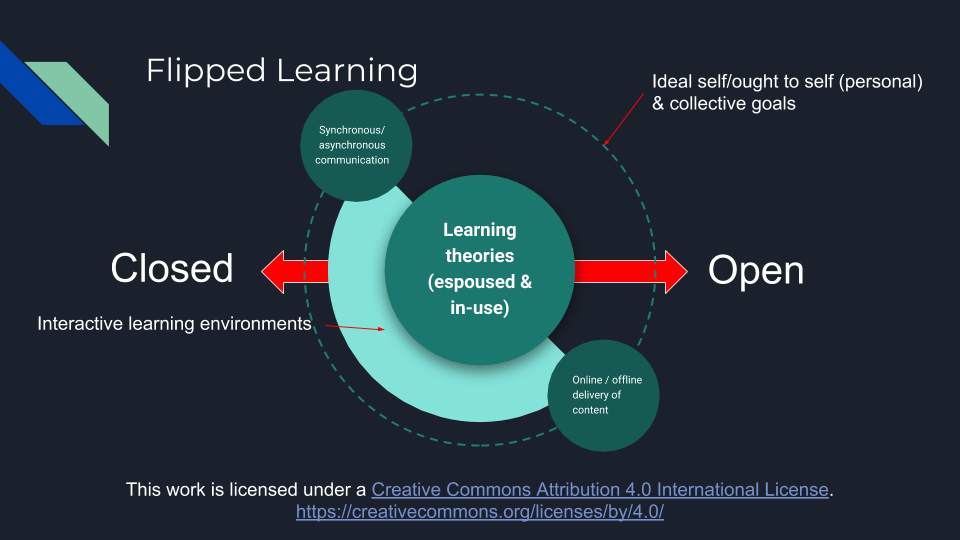 It is widely accepted that flipped learning pedagogy stems from the premise of inquiry-based and egalitarian philosophy:
It is widely accepted that flipped learning pedagogy stems from the premise of inquiry-based and egalitarian philosophy:
- with the growing access to vast information through the internet, the traditional model of teacher as the sole steward of knowledge has become obsolete.
In the new reality, teachers have acquired a new role:
- that of mediator, helping students transform information that can be easily accessed into knowledge.
Students are required to be active, participants should be engaged in their learning process and teachers should facilitate the process. In the flipped learning environment, the traditional role of students as passive recipients of knowledge is substituted by their active search for information followed by the process of analysis, negotiation of ideas, and subsequent transformation of information into knowledge. As it fosters student participation, flipped learning potentially increases their responsibility, creating a community of learners who, through collaborative work, are responsible for each other’s learning and form a community of inquiry.
Many researchers on the Education and Pedagogy field had proposed pedagogical tactics. In a recent review, Jenkins et al (2017)* attempted to identify the pedagogical strategies featured in flipped learning approach and, create a design framework that provides operational guidance on how flipped learning approaches work.
Using the two dimensions to produce the matrix model, it is possible to identify four broad categories of flipped learning approach within these tactics can be situated:
- Identifying (Information Responsive): predominantly demonstrating faculty-led, content-focused approaches, such as enhancement of a traditional lecture mode;
- Pursuing (Information Active): predominantly demonstrating student-led, content-focused approaches, such as self-directed student collaborations;
- Producing (Discovery Responsive): predominantly demonstrating faculty-led, process-focused approaches, such as developing critical thinking skills using IBL approaches;
- Authoring (Discovery Active): predominantly demonstrating student-led, process-focused approaches, such as developing student-created content.
This Flipped Learning Matrix model provides a schema for analysing flipped learning approaches that will help to illuminate the range of potential characteristics of this approach.
The above mentioned researchers developed a “Flipped Learning Matrix model”, based on two dimensions:
- content-focused to process-focused and
- teacher-led to student-led.
Concerning the pedagogical framework proposed by Goodyear (2005)**, it is argued that the model can be used to situate existing practice and help inform the design of flipped learning approaches. It is believed that the essence of flipped learning is a strategy
that forms part of the overarching pedagogical philosophies that educate more active, engaged and autonomous learners, rather than merely structural inverting of the process of learning or as a technology implementation.
*Enhancing the design and analysis of flipped learning strategies. Teaching & Learning Inquiry, 5(1). http://dx.doi.org/10.20343/teachlearninqu.5.1.6
**Goodyear, P. (2005). Educational design and networked learning: Patterns, pattern languages and design practice. Australasian Journal of Educational Technology, 21(1), p.82-101. https://ajet.org.au/index.php/AJET/article/view/1344/714
